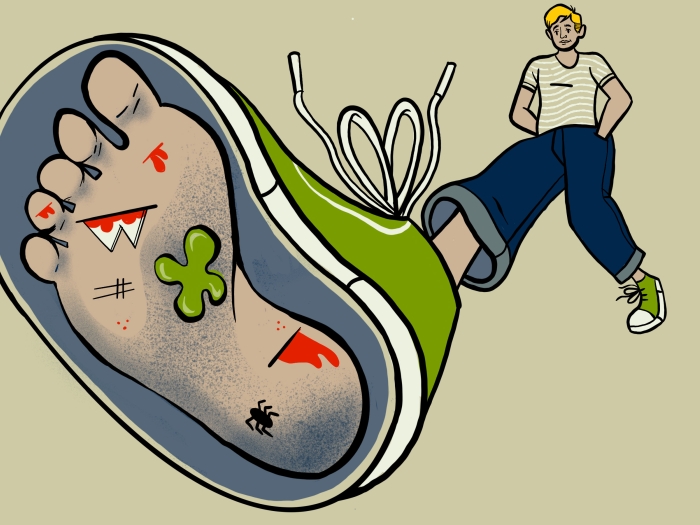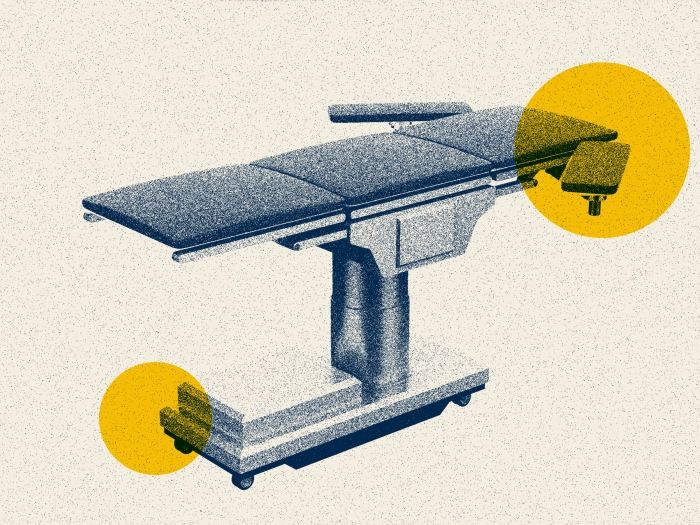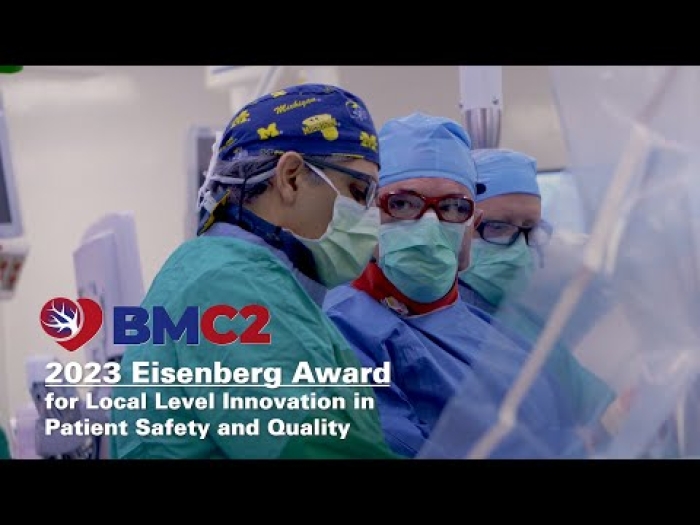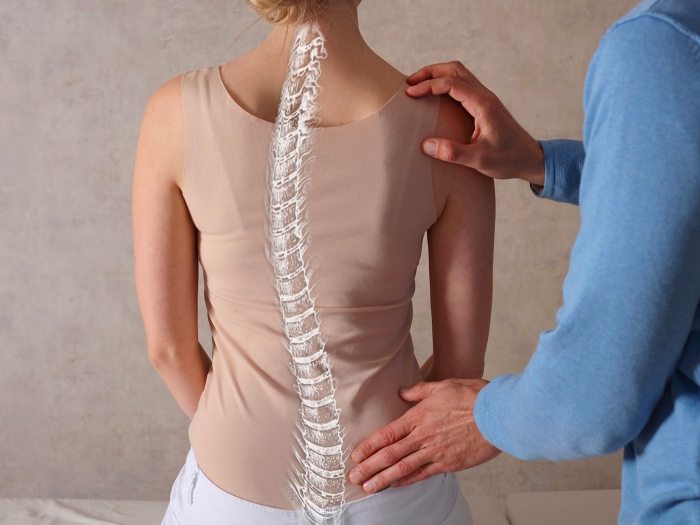While the dominant blood flow is slightly disrupted, there are few consequences to the patient.
1:57 PM
Author |
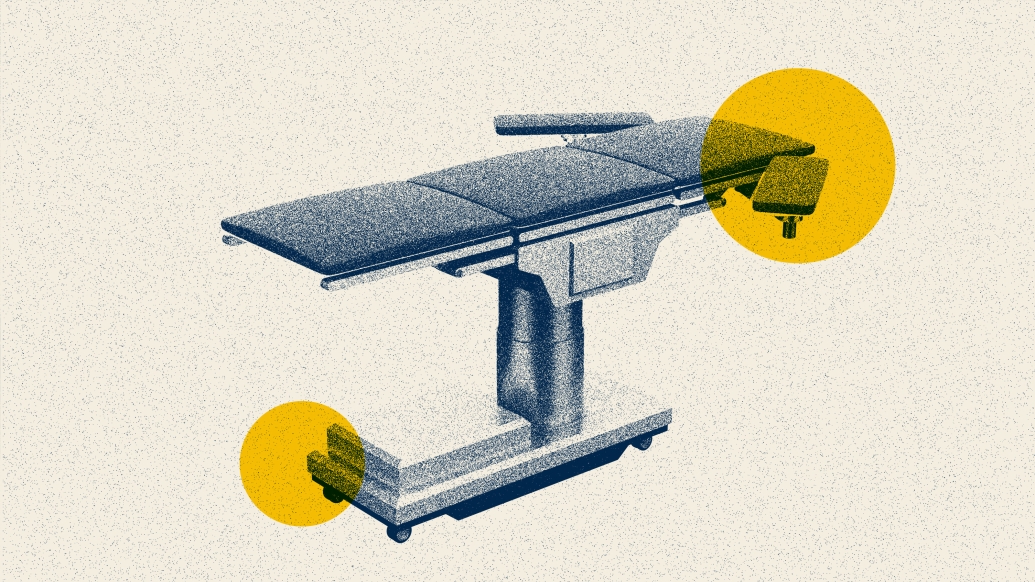
Hammertoes and crossover toes are a condition commonly found in athletes or people with arthritis. While the conditions have differences in how many ligaments are torn, both involve a tear in the plantar plate. This tear causes the big toe to cross over towards the lesser toes, creating pain while walking.
Repairing hammertoes involves a simple surgical procedure to readjust the plantar plate and set the toe straight. As with any surgical procedure, minimizing blood loss can ease a patient’s recovery. Understanding where the lesser toes receive their main source of blood flow during this procedure can help surgeons become more cautious of the placement of surgical instruments.
Researchers at Michigan Medicine found that a device commonly used in these procedures called the McGlamry Elevator blocks the main blood flow from the top of the foot to the lesser toes.
Surgeons heightening their caution when using this instrument during a procedure can help minimize blood loss to the lesser toes and aid in recovery, says Paul Talusan, M.D., senior author of the paper and associate professor of orthopaedic surgery at University of Michigan Medical School.
“Understanding where the blood supply flowing to the proximal plantar plate originates can help determine the impact of stripping the plantar plate from the metatarsal,” said lead author Jiwon Park, a fourth-year student at University of Michigan Medical School. “This helps surgeons determine how to use the instrument during the procedure to minimize the amount of blood flow that is blocked to the lesser toes and benefit the patient during the recovery process.”
Talusan, Park and their fellow researchers were interested in understanding the vascular consequence of stripping to the plantar plate from the metatarsal bone when using a McGlamry elevator and the anatomy of the proximal plantar plate.
The team used lower extremity cadaveric specimens for anatomic evaluation and image analysis to identify the blood supply to the proximal plantar plate. The toes were analyzed using a nano-CT scanner. The CT images of the plantar plate were then utilized to analyze the volume of vasculature along the metatarsal bone and the plantar fascia, the bottom of the foot.
“We identified the volume of blood vessels coming off of the bone from the top as well as the volume coming off of the plantar fascia on the bottom of the foot,” said Park. “The main supply comes from the bone at the top where the McGlamry Elevator is placed during the procedure.”
Previous research had discovered that blood flow to the plantar plate is densest at the proximal and distal portions. The surgical repair of plantar plate tears commonly involves using instruments to strip the plantar plate from the metatarsal bone to improve exposure of the toe joint.
“Despite the main blood flow coming from the top of the foot where the instrument is placed, patients who undergo this surgery should not have any worries about having a more challenging recovery because of instrument usage,” said Park.
Additional authors include Jiwon V. Park, B.S., University of Michigan; Noah E. Saunders, University of Toledo; Fred T. Finney, M.D., Natalie V. Singer, M.D., Kempland C. Walley, M.D., James R. Holmes, M.D., David M. Walton, M.D., and Paul G. Talusan, M.D., all from the Michigan Medicine Department of Orthopaedic Surgery.
The author(s) disclosed receipt of the following financial support for the research, authorship, and/or publication of this article: Funding for this study was provided by Paragon 28. Research reported in this publication was supported by the National Institute of Arthritis and Musculoskeletal and Skin Diseases of the National Institutes of Health under award number P30 AR069620. The content is solely the responsibility of the authors and does not necessarily represent the official views of the National Institutes of Health.
Paper cited: “Proximal Plantar Plate of Lesser Toe Metatarsophalangeal Joint Vascular Supply,” American Orthopaedic Foot & Ankle Society. DOI: 10.1177/10711007221140043

Explore a variety of healthcare news & stories by visiting the Health Lab home page for more articles.

Department of Communication at Michigan Medicine
Want top health & research news weekly? Sign up for Health Lab’s newsletters today!
